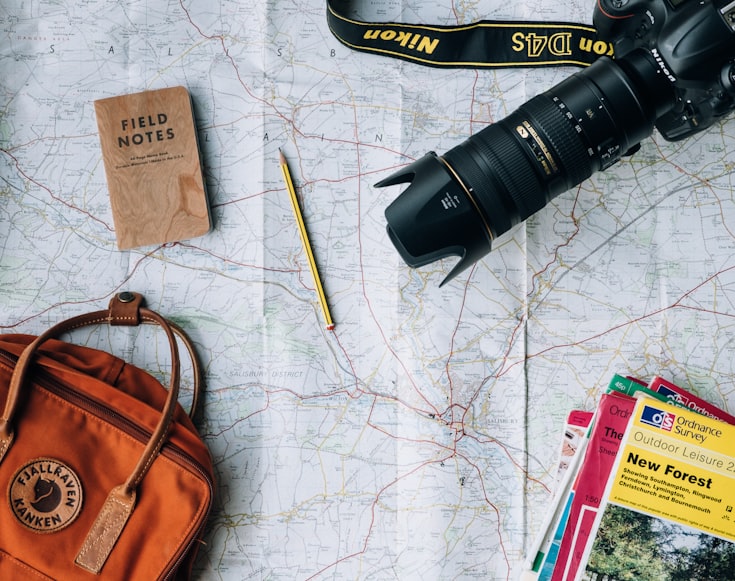
Popular Destinations
Tours give you the oppertunity to explore
Taal Volcano, Batangas
Taal Volcano is a large caldera filled by Taal Lake in the Philippines. Located in the province of Batangas, the volcano is second of the most active volcanoes in the country, with 38 recorded historical eruptions, all of which were concentrated on Volcano Island, near the middle of Taal Lake . Taal Volcano in Batangas, Philippines began to erupt on January 12, 2020, when a phreatomagmatic eruption from its main crater spewed ashes over Calabarzon, Metro Manila, and some parts of Central Luzon and Ilocos Region, resulting in the suspension of school classes, work schedules, and flights in the area. The Philippine Institute of Volcanology and Seismology (PHIVOLCS) subsequently issued an Alert Level 4, indicating that a hazardous explosive eruption is possible within hours to days. Volcanic activity continued into 2021, when smaller eruptions occurred in July 2021. On 26 March 2022, a short-lived phreatomagmatic eruption was recorded by PHIVOLCS raising the status from Alert level 2 to Alert level 3 as well as surrounding towns.
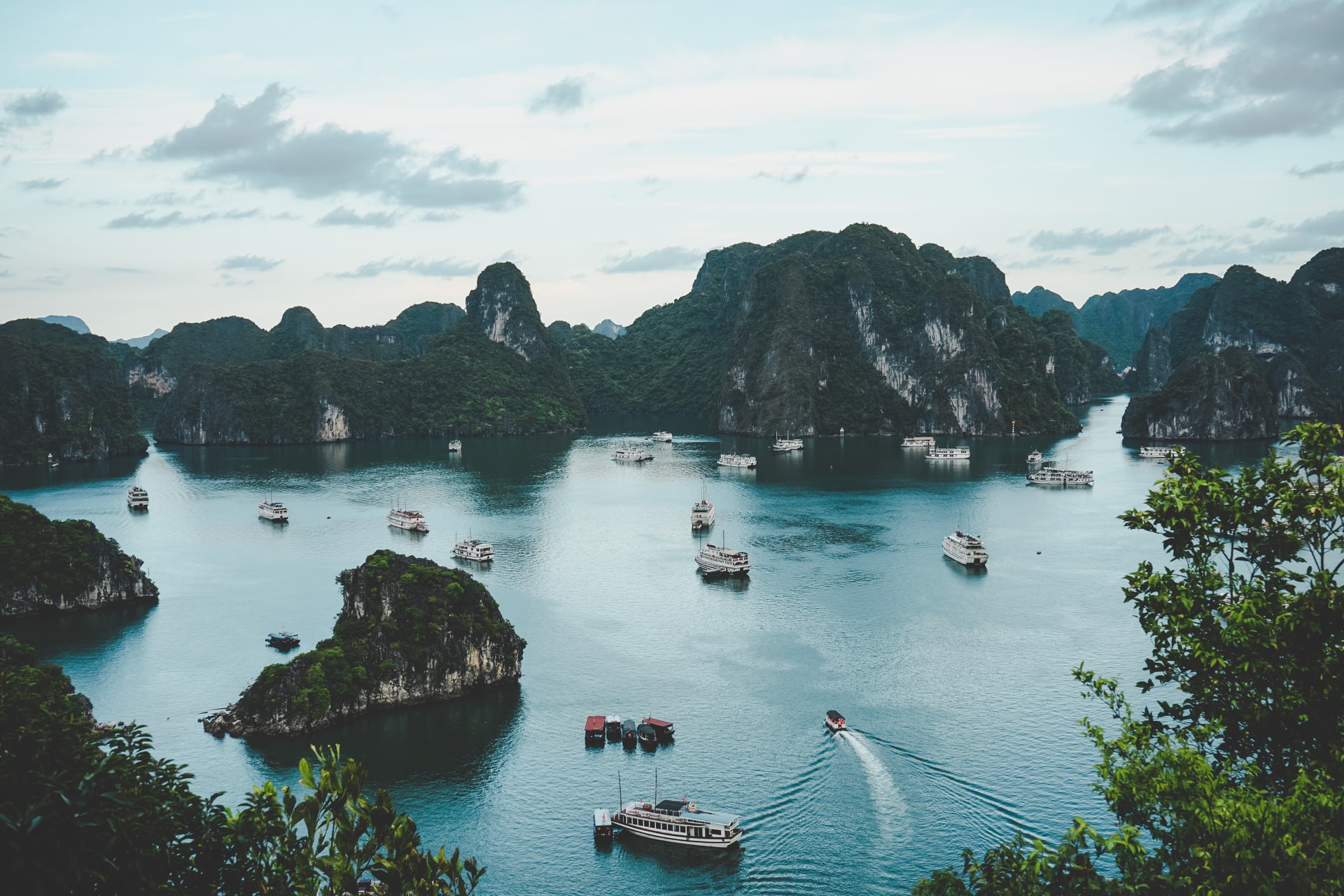
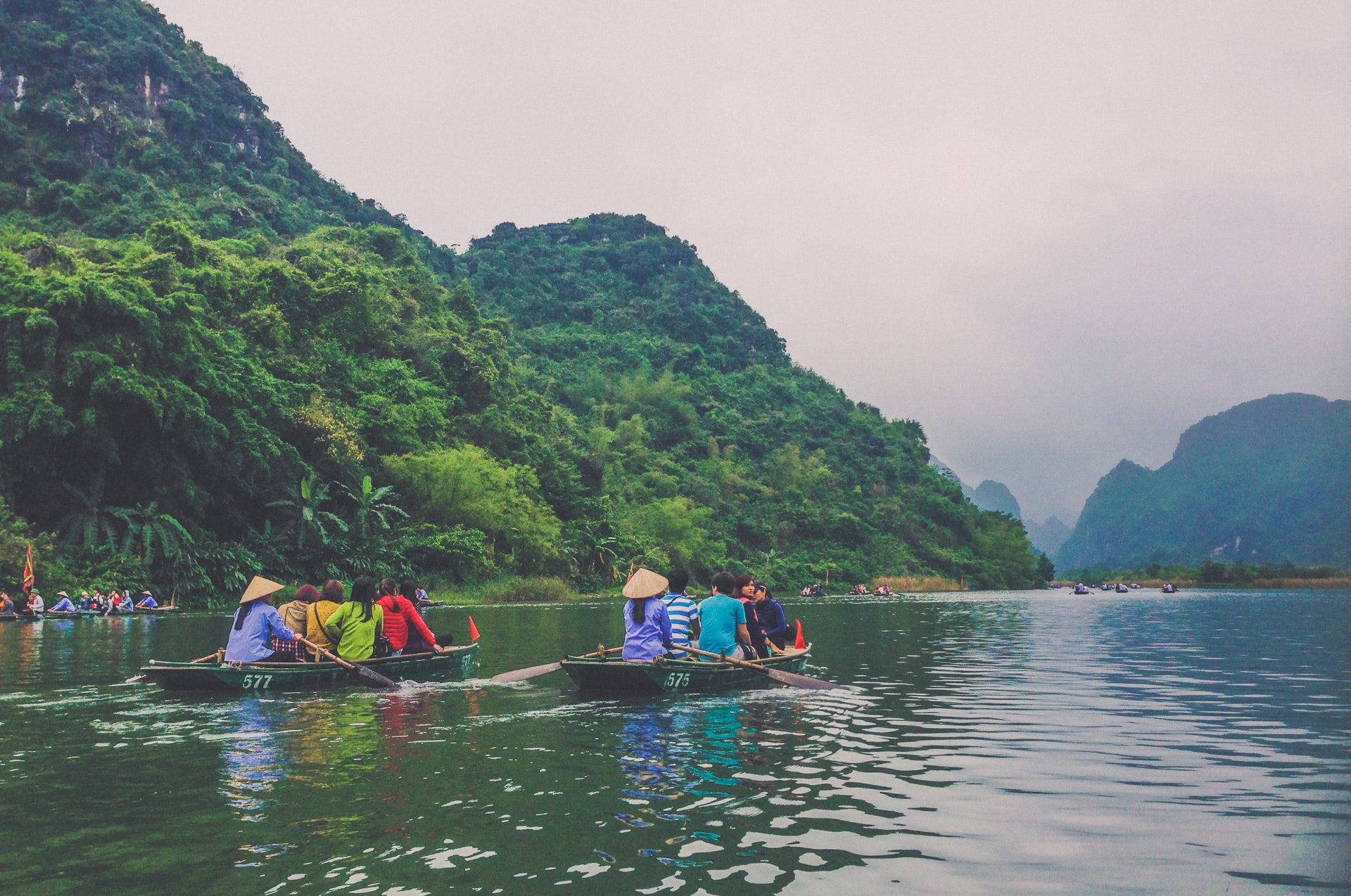
Eiffel Tower (Tour Eiffel) has become the main symbol of Paris
Two senior engineers working for the architect and engineer Gustave Eiffel designed the Tower, which was then approved by Eiffel and proposed as the centrepiece for the world fair held in France’s capital, the Exposition Universelle in 1889. Once approved, 250 builders were hired to build the monument, which took over two years to finish. Initially, the Eiffel Tower was subject of controversy. The artists of the period thought the monument to be monstrous, and given its poor profitability, it was suggested on several occasions that they should demolish it. During World War I, enemy messages were intercepted thanks to the tower radiotelegraphy centre. Currently, the Eiffel Tower is the most-visited monument in the world with over 7 million visitors a year. This is partly due to the popularity of Paris as a tourist destination.
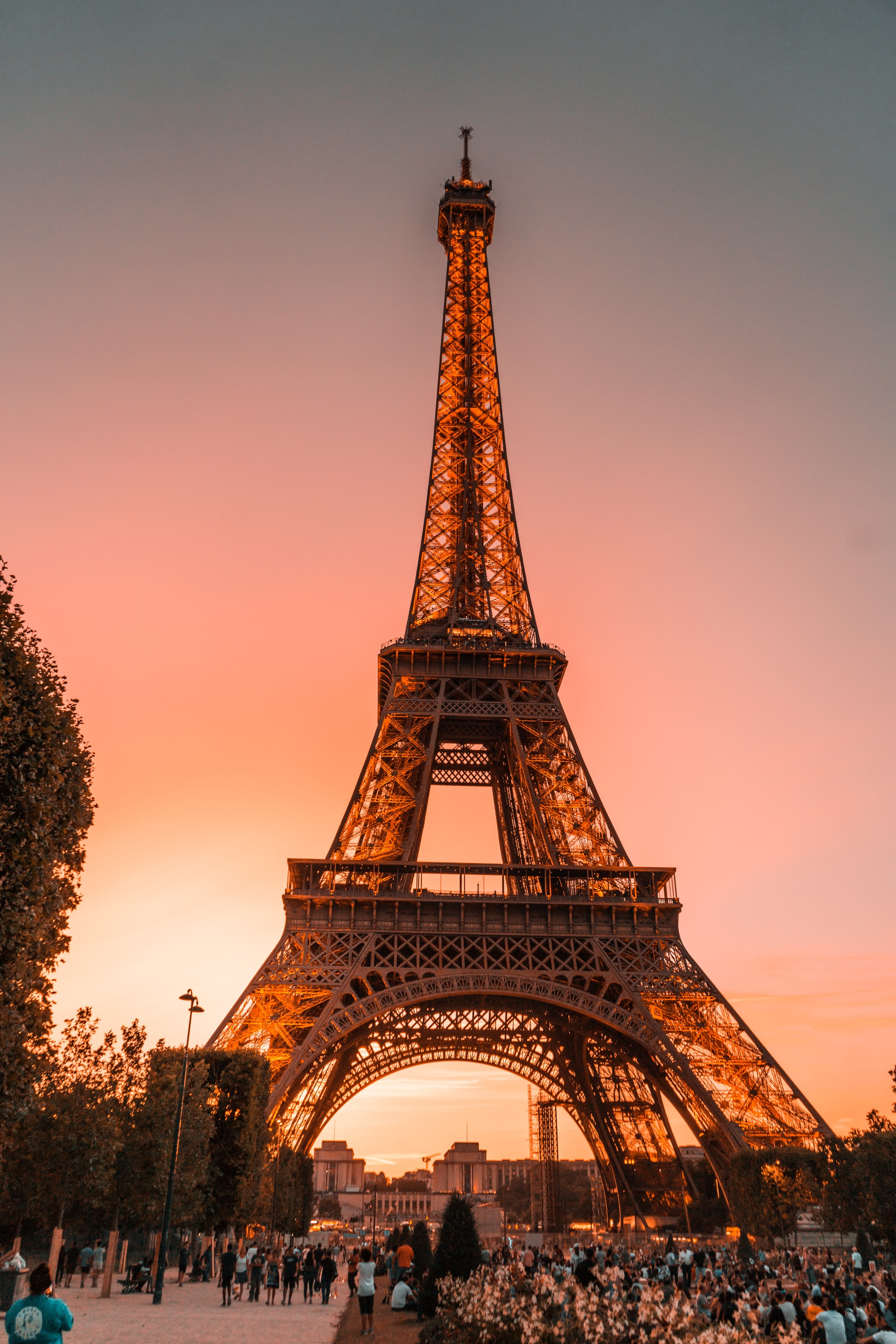

Recent Trips
You can Discover unique destinations using Google Maps.
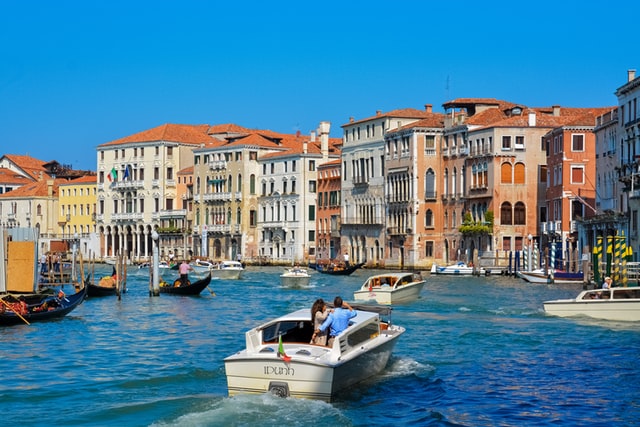
Trip to Indonesia
Tourism in Indonesia is an important component of the Indonesian economy as well as a significant source of its foreign exchange revenues. Indonesia was ranked at 20th in the world tourist Industry in 2017, also ranked as the ninth-fastest growing tourist sector in the world, the third-fastest growing in Asia and fastest-growing in Southeast Asia.[1] In 2018, Denpasar, Jakarta and Batam are among of 10 cities in the world with fastest growth in tourism, 32.7, 29.2 and 23.3 percent respectively. The tourism sector ranked as the 4th largest among goods and services export sectors. Indonesia possesses rich and colourful culture, such as Barong dance performance in Bali. On 2019, Indonesia recorded 16.10 million foreign tourist arrivals, seeing a 1.9% per cent increase than that of 2018.[4] In 2015, 9.73 million international visitors entered Indonesia, staying in hotels for an average of 7.5 nights and spending an average of US$1,142 per person during their visit, or US$152.22 per person per day.[5] Singapore, Malaysia, China, Australia, and Japan are the top five sources of visitors to Indonesia
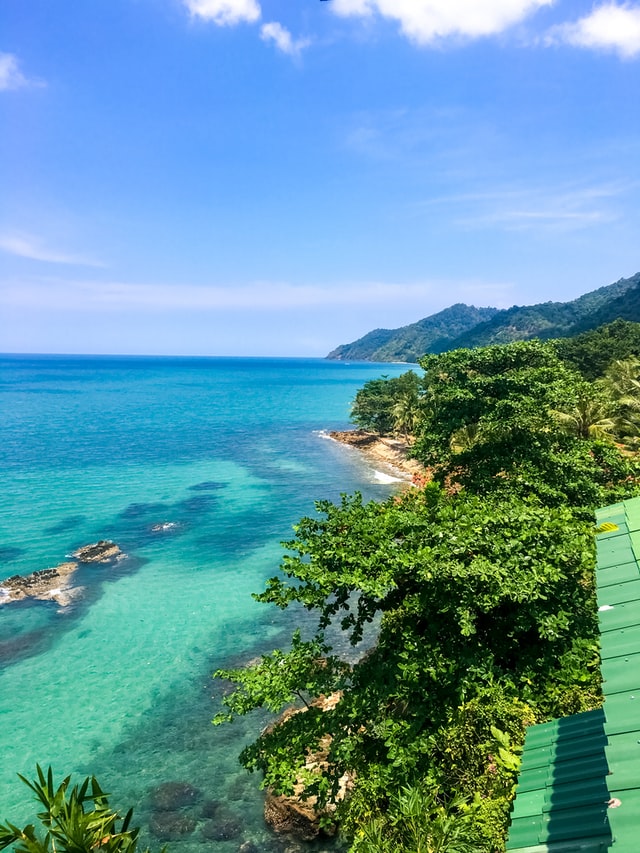
Trip to Malaysia
Tourism in Indonesia is an important component of the Indonesian economy as well as a significant source of its foreign exchange revenues. Indonesia was ranked at 20th in the world tourist Industry in 2017, also ranked as the ninth-fastest growing tourist sector in the world, the third-fastest growing in Asia and fastest-growing in Southeast Asia.[1] In 2018, Denpasar, Jakarta and Batam are among of 10 cities in the world with fastest growth in tourism, 32.7, 29.2 and 23.3 percent respectively. The tourism sector ranked as the 4th largest among goods and services export sectors. Indonesia possesses rich and colourful culture, such as Barong dance performance in Bali. On 2019, Indonesia recorded 16.10 million foreign tourist arrivals, seeing a 1.9% per cent increase than that of 2018.[4] In 2015, 9.73 million international visitors entered Indonesia, staying in hotels for an average of 7.5 nights and spending an average of US$1,142 per person during their visit, or US$152.22 per person per day.[5] Singapore, Malaysia, China, Australia, and Japan are the top five sources of visitors to Indonesia
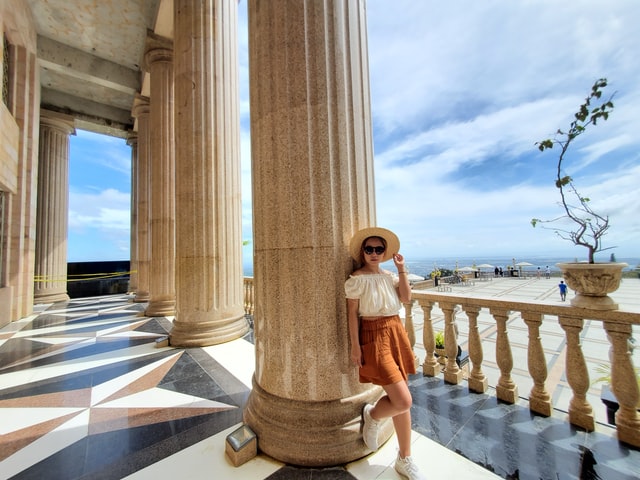
Trip to France
Tourism in Indonesia is an important component of the Indonesian economy as well as a significant source of its foreign exchange revenues. Indonesia was ranked at 20th in the world tourist Industry in 2017, also ranked as the ninth-fastest growing tourist sector in the world, the third-fastest growing in Asia and fastest-growing in Southeast Asia.[1] In 2018, Denpasar, Jakarta and Batam are among of 10 cities in the world with fastest growth in tourism, 32.7, 29.2 and 23.3 percent respectively. The tourism sector ranked as the 4th largest among goods and services export sectors. Indonesia possesses rich and colourful culture, such as Barong dance performance in Bali. On 2019, Indonesia recorded 16.10 million foreign tourist arrivals, seeing a 1.9% per cent increase than that of 2018.[4] In 2015, 9.73 million international visitors entered Indonesia, staying in hotels for an average of 7.5 nights and spending an average of US$1,142 per person during their visit, or US$152.22 per person per day.[5] Singapore, Malaysia, China, Australia, and Japan are the top five sources of visitors to Indonesia